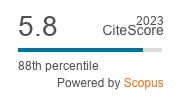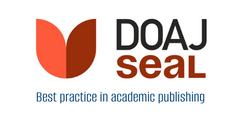Article | Open Access
Televisuality on a Global Scale: Netflix’s Local-Language Strategy
| Views: | 1215 | | | Downloads: | 476 |
Abstract: This article focuses on Netflix’s local-language strategy, the context leading up to it, and the extent to which transnationality, in this particular case, becomes televisual in John Caldwell’s sense. I argue that Netflix has developed a different business model for transnational TV formats through this strategy. For that, I use the Netflix original and exclusive series Criminal (Field Smith & Kay, 2019–present-a–d) as a case study and show that its production context triggers a specific visual response due to Netflix’s economic and legal obligations in Europe. Building on the “transnational TV format trading system” approach of Jean K. Chalaby, this case study highlights how the affordances of multi-country video-on-demand providers like Netflix allow for the successful international franchising strategy in linear television to be conducted internally and simultaneously. Specifically, it shows that fictional TV series no longer need to be developed for a national broadcaster before reaching international markets because multi-country video-on-demand providers do not require various national intermediaries to distribute and stream TV series in different markets. The adaptation process can also be bypassed entirely if the decision to localize a programme into multiple versions is made before production starts. As a result, companies like Netflix can produce several local variations of TV content without running into as many barriers as national broadcasters. From there, I further argue using Mareike Jenner’s “grammar of transnationalism” that the impact of production and distribution processes on the visual treatment of Criminal leads to style excess at the interface level and stylistic scarcity at the aesthetic level.
Keywords: aesthetics; media globalization; Netflix; televisuality; transnational television; TV formats; TV production
Published:
© Frédérique Khazoom. This is an open access article distributed under the terms of the Creative Commons Attribution 4.0 license (http://creativecommons.org/licenses/by/4.0), which permits any use, distribution, and reproduction of the work without further permission provided the original author(s) and source are credited.




